Glasgow's statues have connections to the Atlantic slave trade
- Published
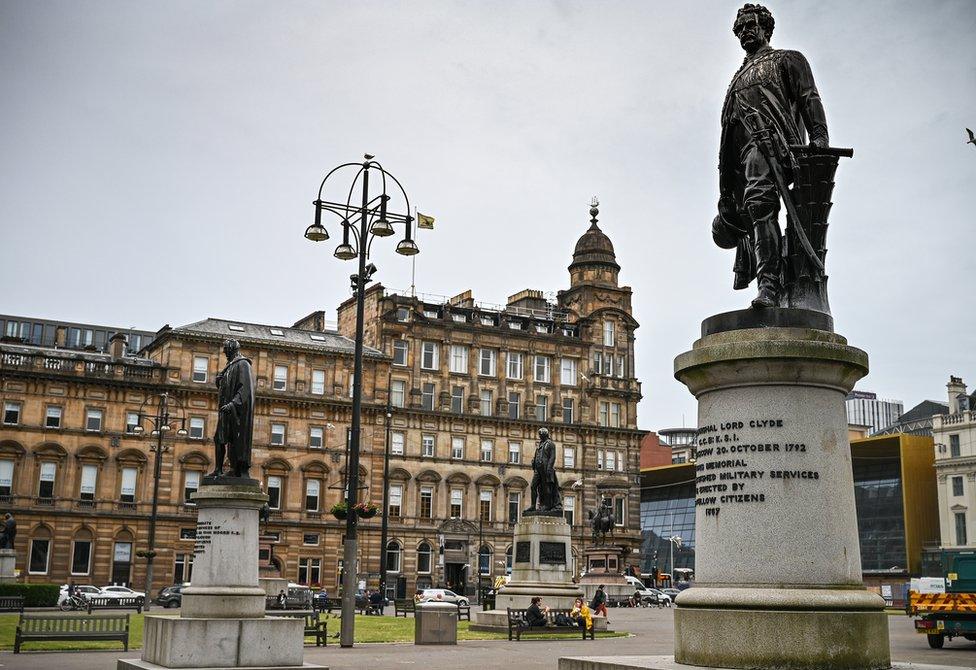
Glasgow's statues found to have connections to the Atlantic slave trade
Eight statues in Glasgow have been identified as representing people connected to the Atlantic slave trade.
The Glasgow slavery audit, external found that gifts inherited from those linked to the slave trade were valued to be worth £30m today.
Glasgow is yet to apologise for its role in slavery and still has streets named after 18th Century slave owners.
Council leader Susan Aitken said the report showed Glasgow's complicity and said an apology was needed.
The report, commissioned by Glasgow City Council, focused on people who lived in Glasgow and elsewhere between 1603 and 1838 and found historic connections and modern legacies between the Atlantic slave trade and Glasgow.
At least 11 mansions and urban buildings in Glasgow were found to be connected to individuals linked to slavery.
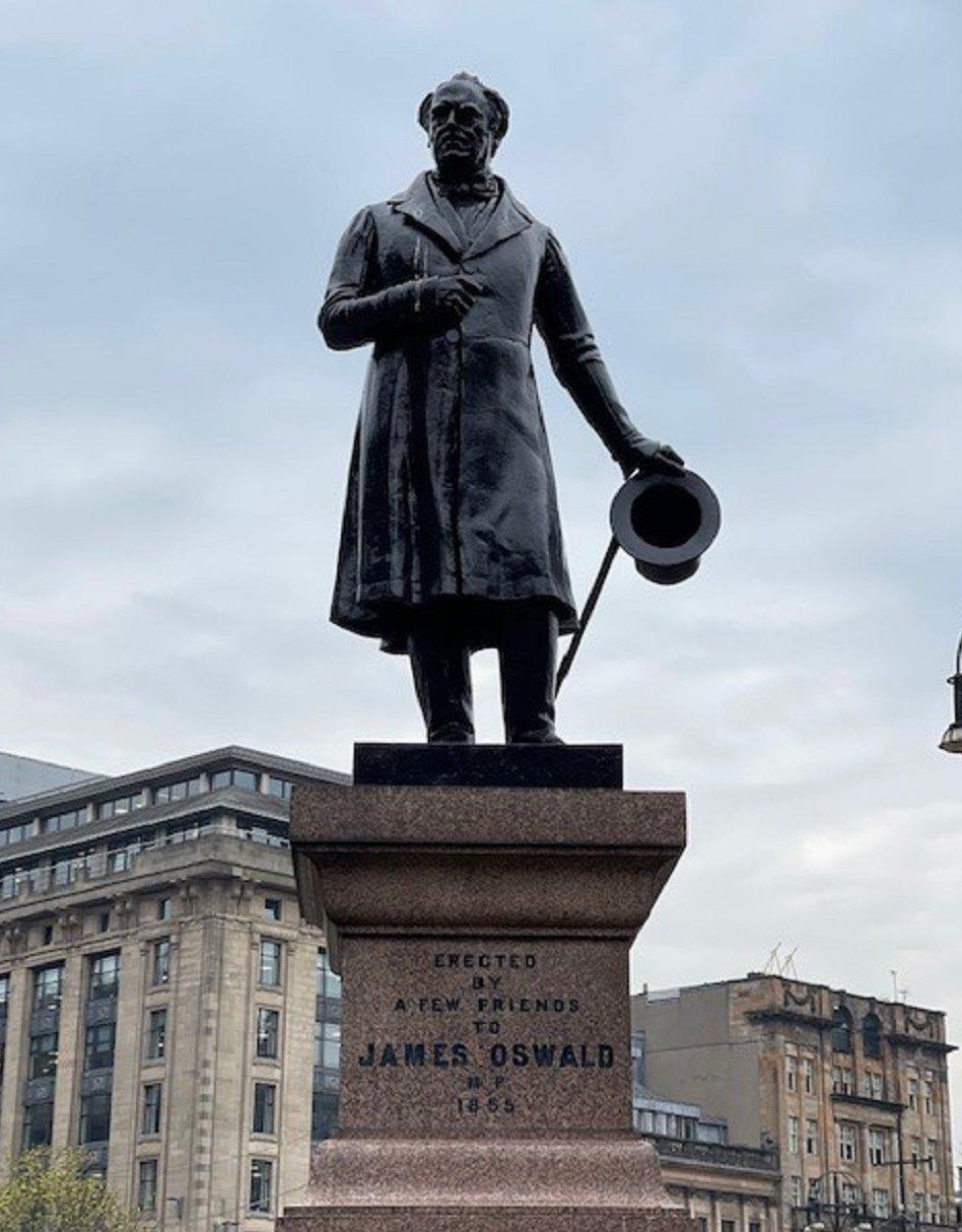
James Oswald inherited wealth tied to slavery

The study added that between 1636 and 1834, 79 lord provosts were nominated to Glasgow Town Council, 40 of whom had connections to Atlantic slavery and others who owned enslaved people.
Glasgow Town Council invested £1,812 - equivalent to £4m in today's money - in the Company of Scotland (CoS) in 1696, whose ships trafficked enslaved people from Madagascar in the Indian Ocean.
'Glasgow's complicity'
Susan Aitken, Glasgow City Council leader, said the report had an "incontrovertible evidence base of the extent of Glasgow's complicity in chattel slavery and the actions that supported it."
Chattel slavery was based on the exploitation of labour of African enslaved people, and those of African descent. This supported an international structure of mercantile commerce which created great wealth for colonising nations.
Ms Aitken added: "We should apologise, fully and unreservedly, to the descendants of enslaved people and to the nations they came from for the city's significant role in Atlantic slavery."
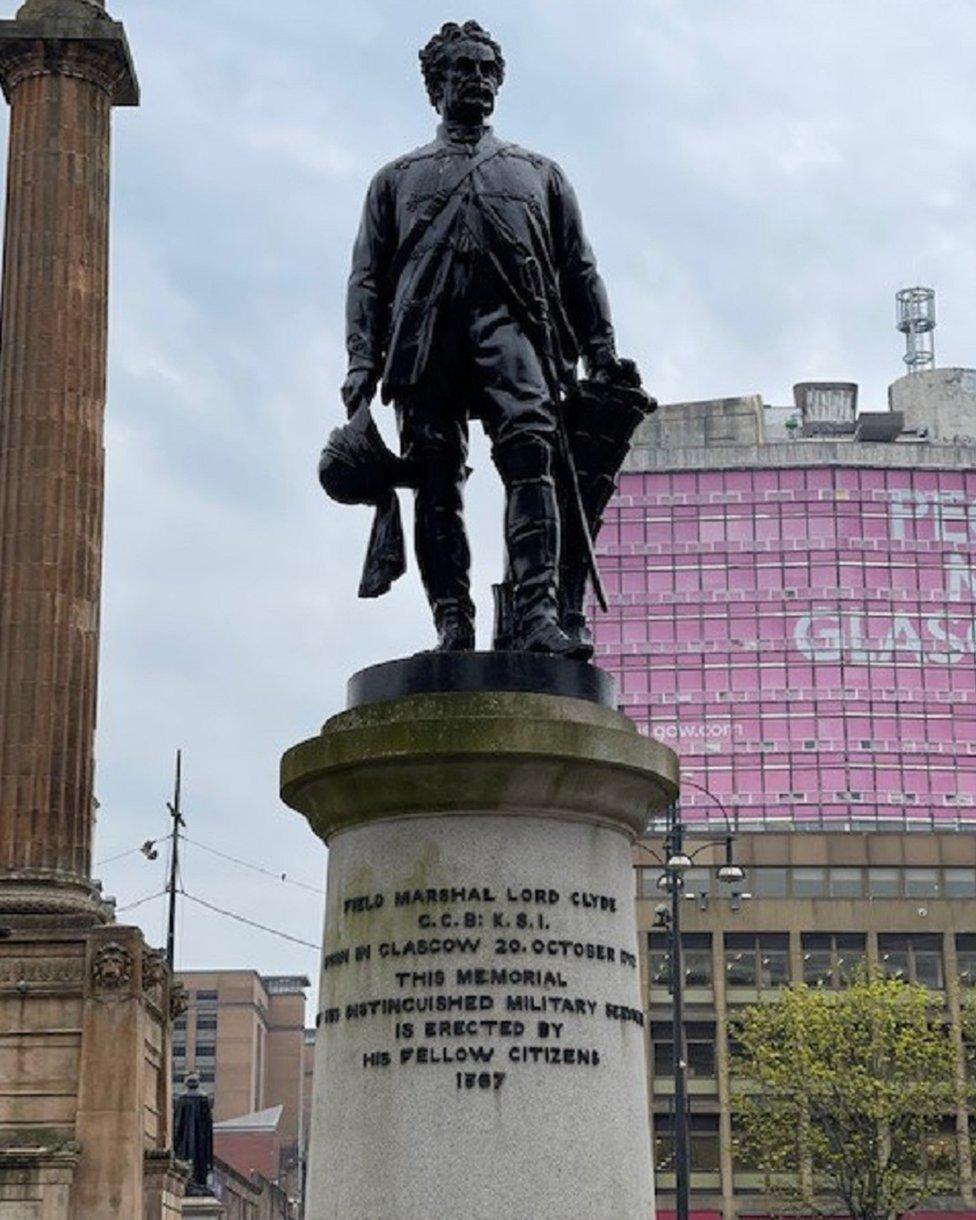
Colin Campbell was in the British Army and upheld the system of chattel slavery in colonies of the British West Indies

Some of these individuals have shaped the city, with 62 streets named after slave owners who made their fortunes on tobacco plantations.
These include Buchanan Street, named after Andrew Buchanan Jr, and Glassford Street, after tobacco lord John Glassford.
Others are memorialised in civic space, including eight statues which were erected around Glasgow.
The report says the statues have direct connections to African trafficking.
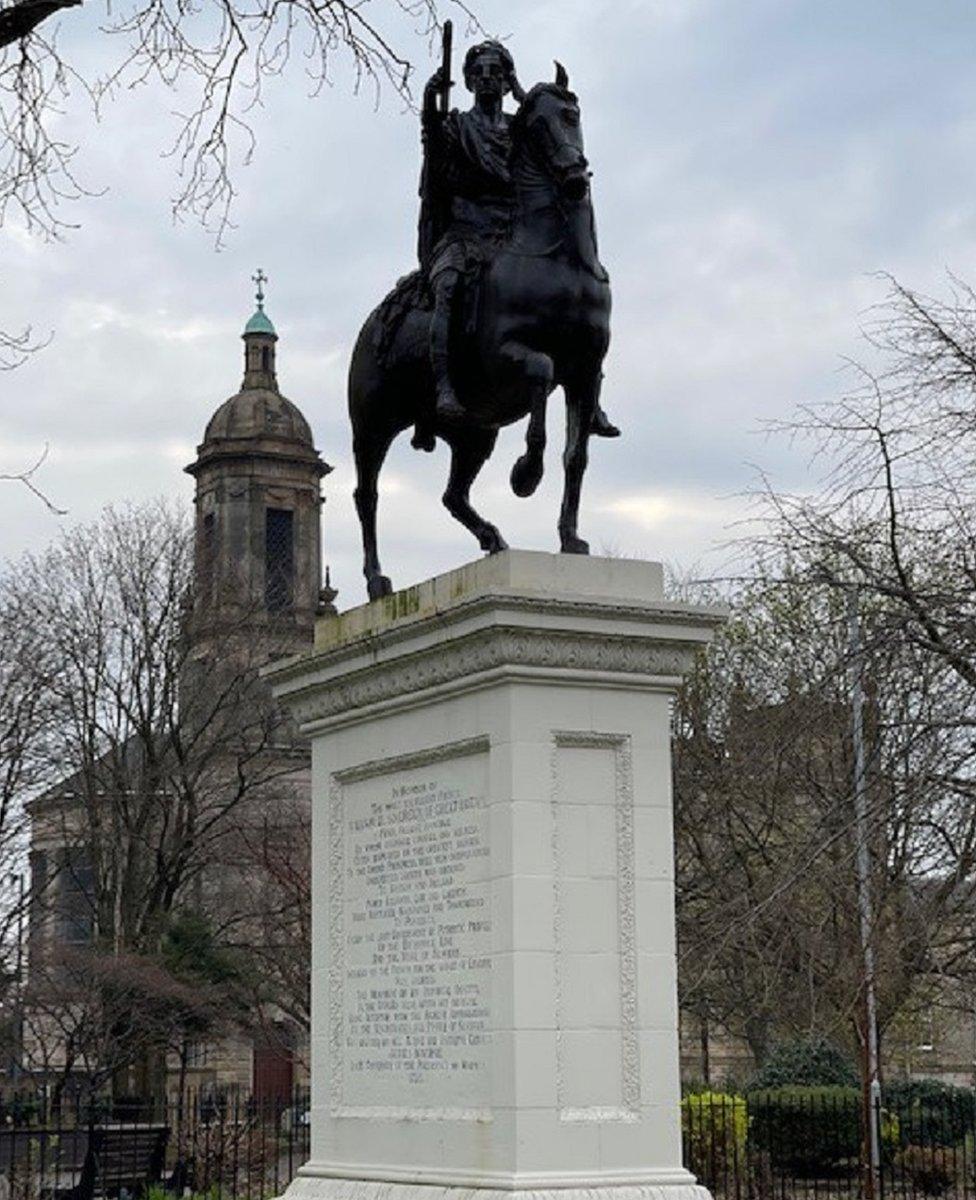
King William III was a shareholder in the Royal African Company

King William III, whose monument is near Cathedral Square, was a shareholder in the Royal African Company.
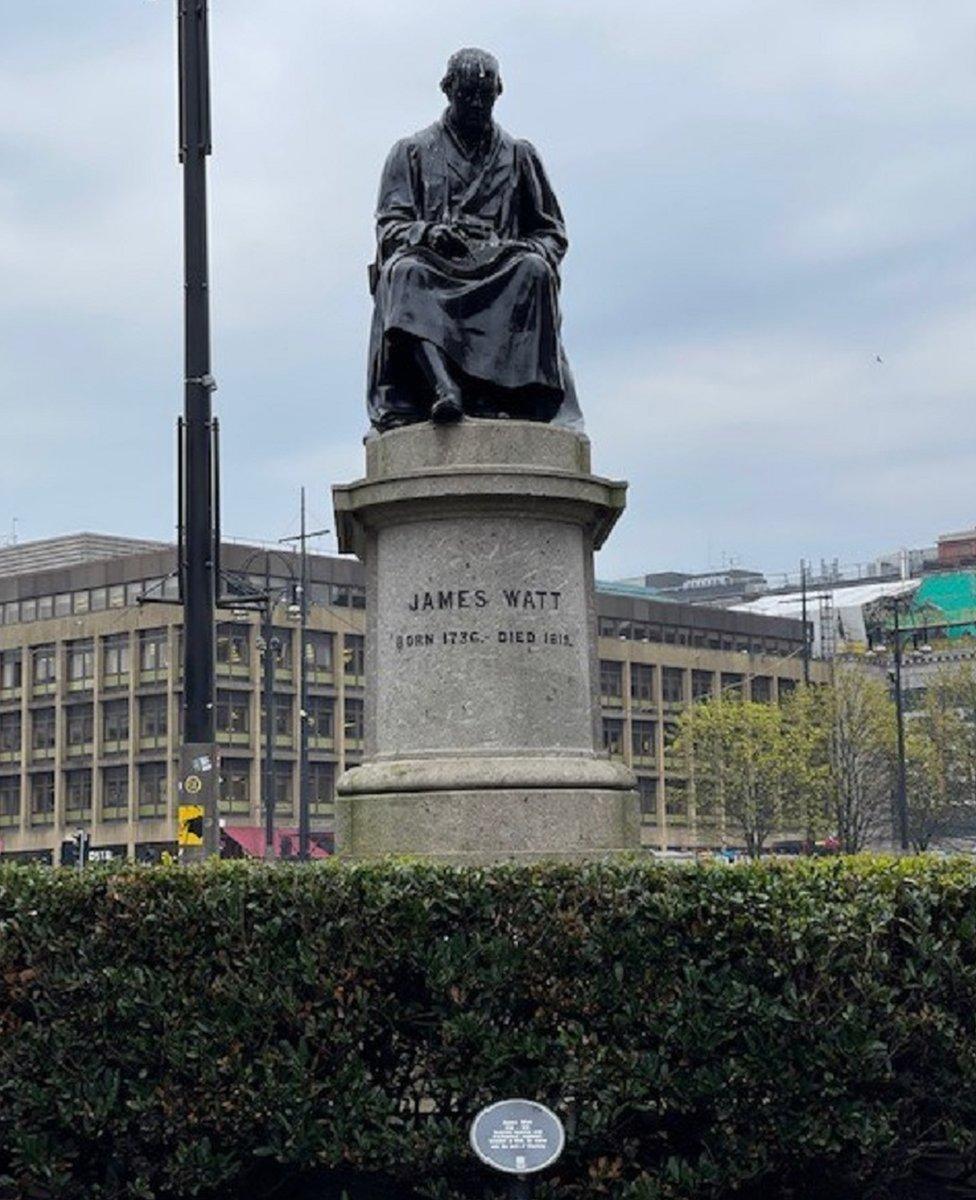
Steam engineer James Watt was involved in colonial commerce, including the trafficking of a black child

James Watt, the steam engineer, was involved with colonial commerce in Glasgow in the 1750s and 1760s, including the trafficking of a black child named only as Frederick.
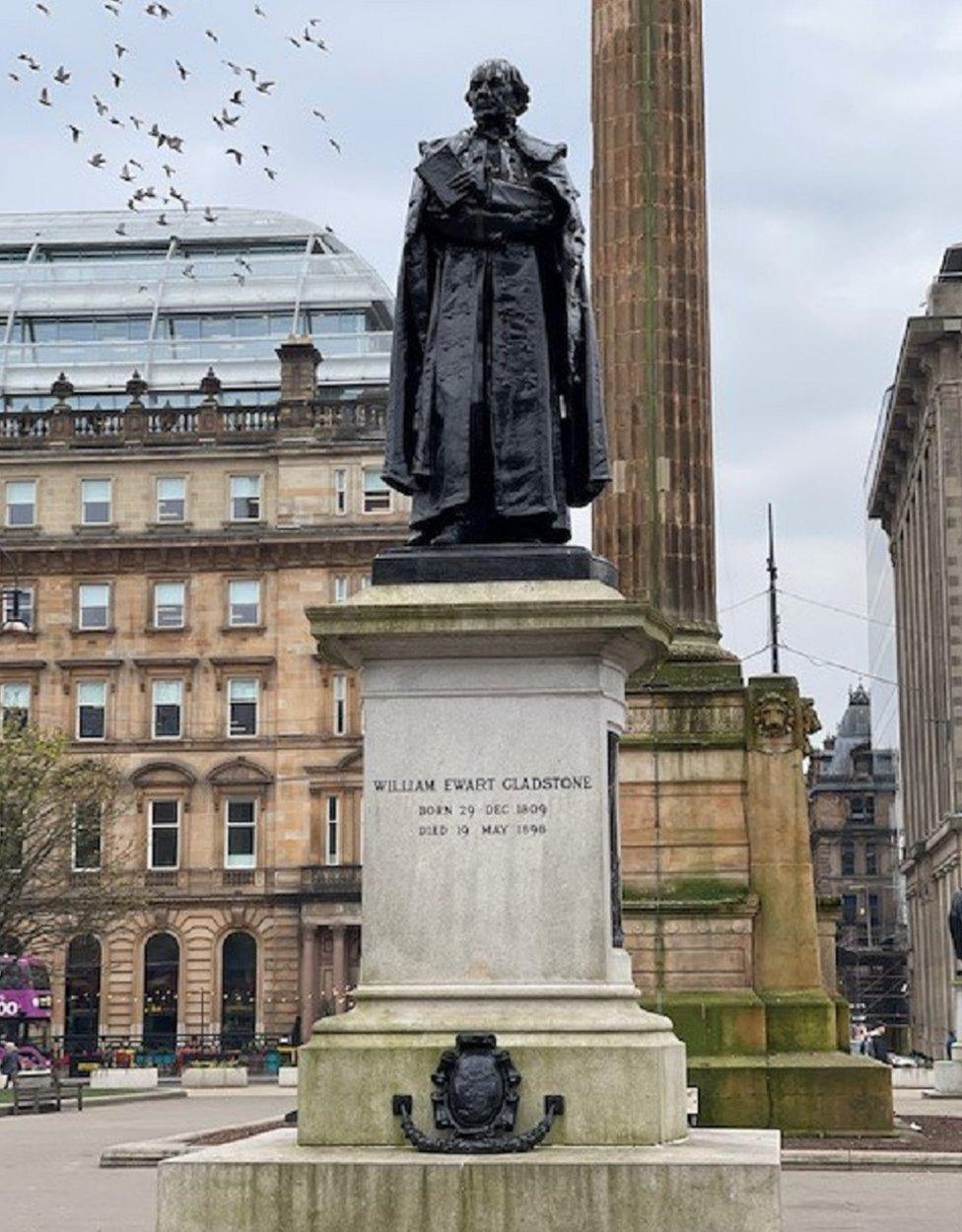
William Gladstone promoted the interests of enslavers in the British Parliament
Others, such as MPs William Ewart Gladstone and James Oswald, inherited wealth tied to slavery and promoted the interests of enslavers in the British Parliament.
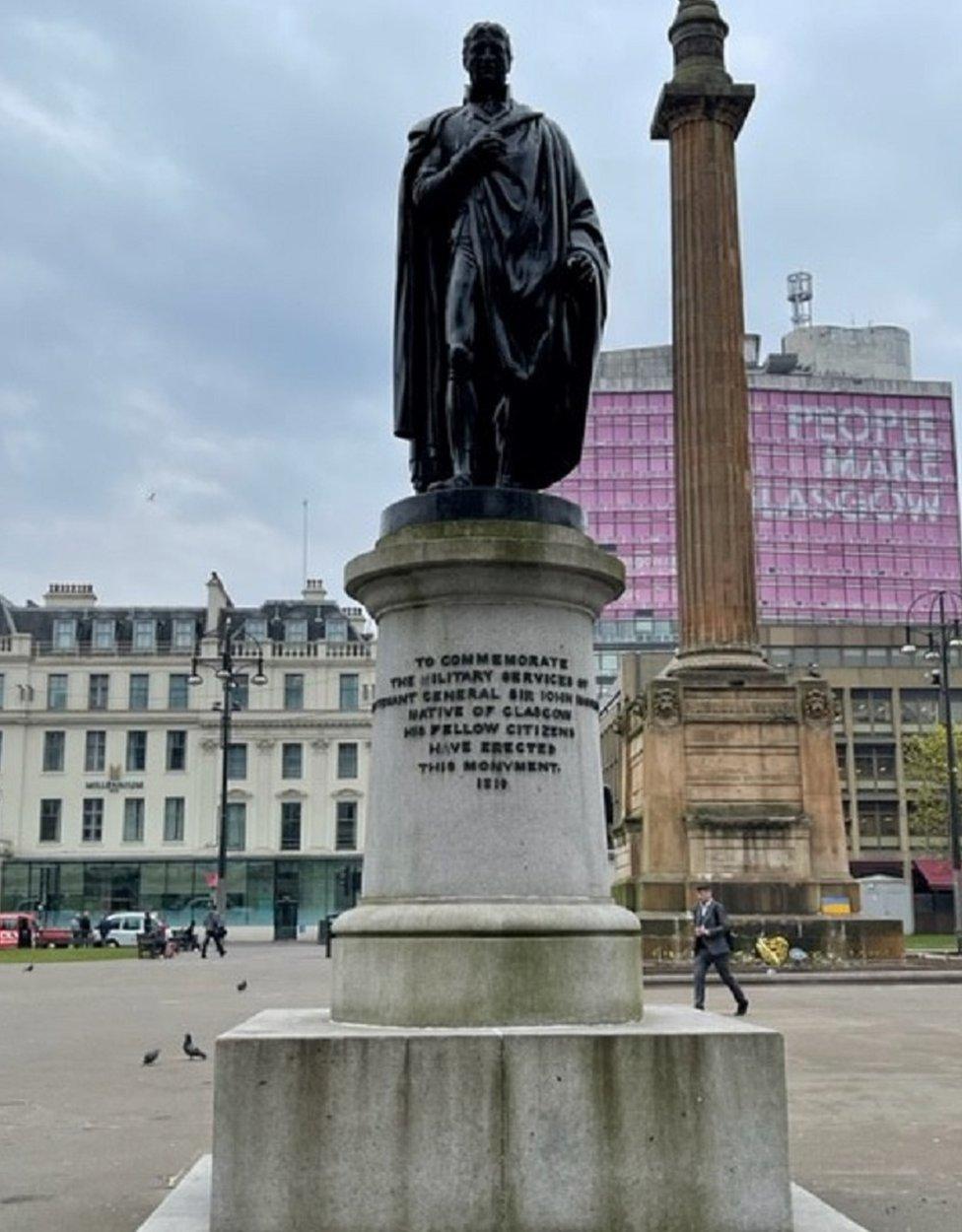
John Moore's statue is also in Glasgow's George Square

John Moore and Colin Campbell, whose statues are both found in George Square, were in the British Army and had roles in upholding the system of chattel slavery in colonies of the British West Indies.
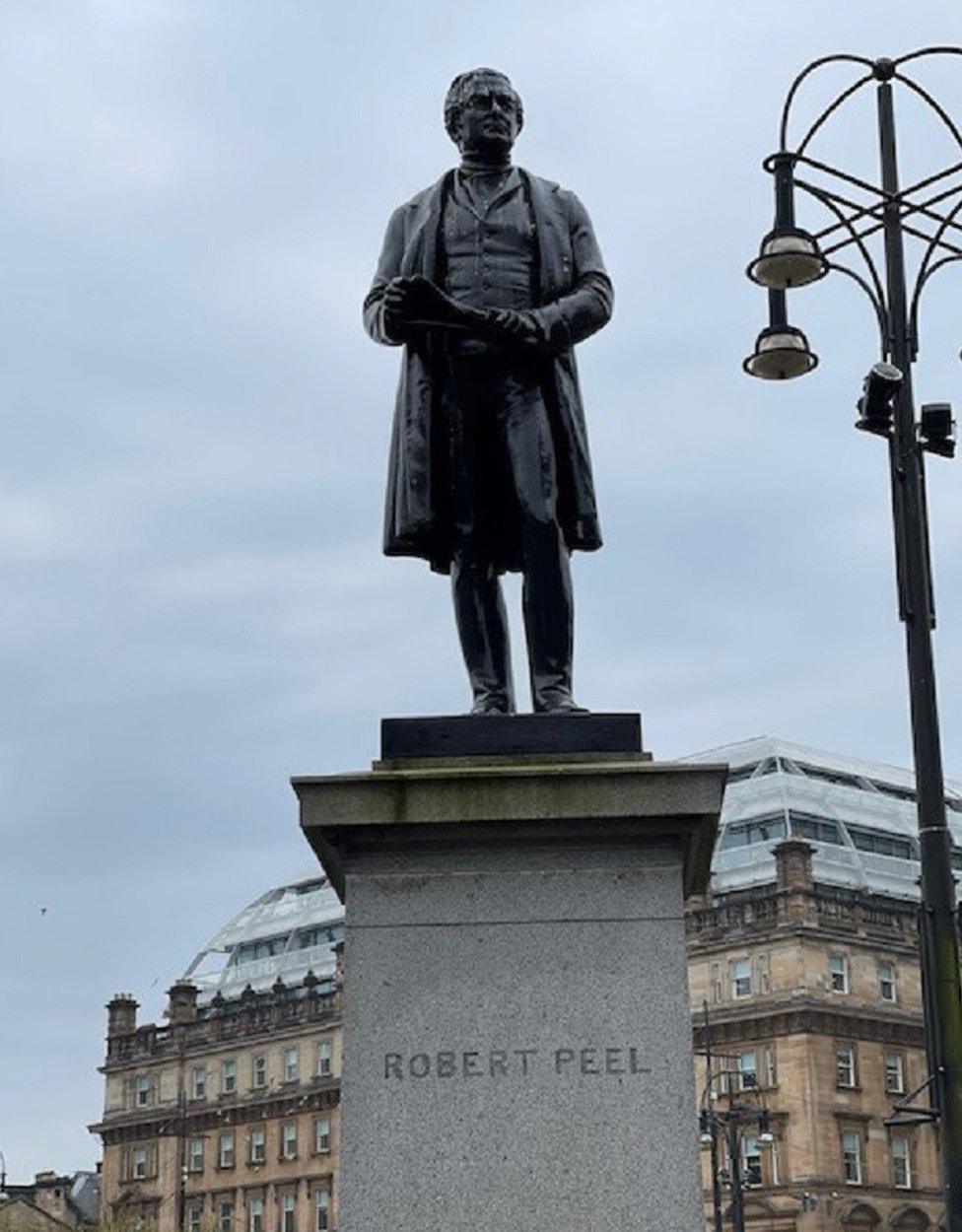
Robert Peel Junior inherited a family fortune gained from cotton-spinning and raw cotton grown by enslaved people

Robert Peel Junior inherited a family fortune gained from cotton-spinning and raw cotton grown by enslaved people.
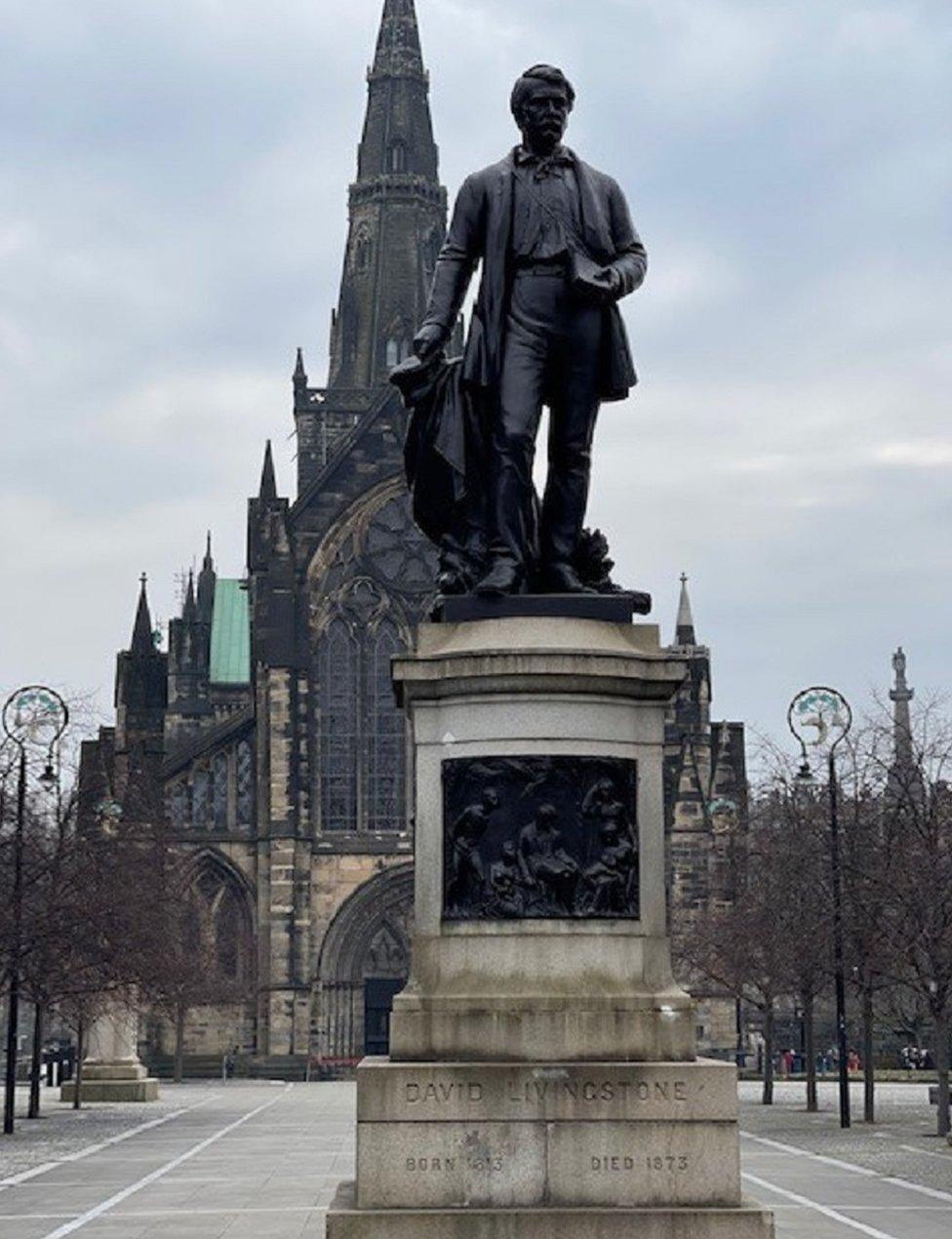
Missionary and explorer David Livingstone was employed by a mill that had links to the slave trade

Missionary and explorer David Livingstone was employed at Blantyre Mill, owned by Henry Monteith, who was in a partnership with two Glasgow-West India merchants in the 1810s.
Blantyre Mill paid high wages to its workforce, including Livingstone, especially after 1832, when he was promoted to a cotton-spinner, which funded his education.
Related topics
- Published9 June 2020
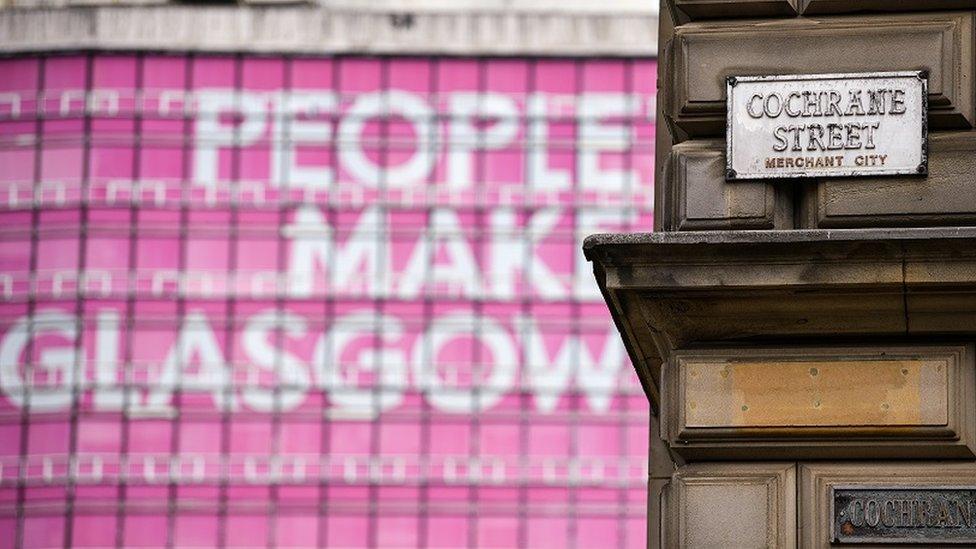
- Published8 June 2020
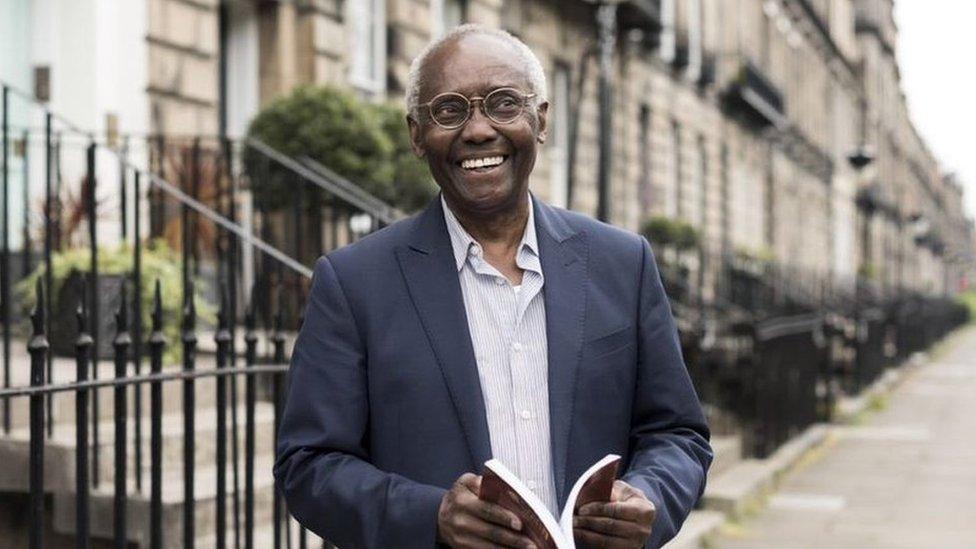
- Published6 June 2020
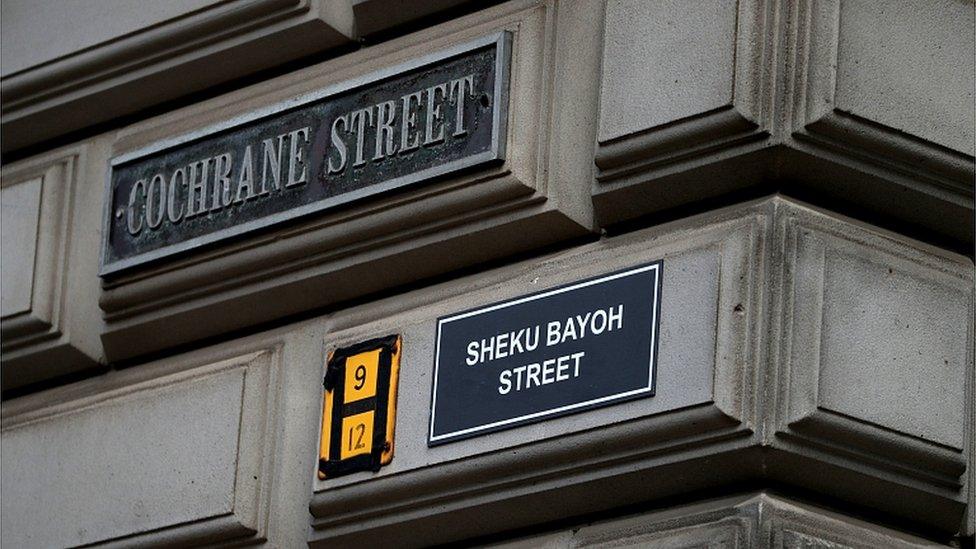
- Published26 October 2018
